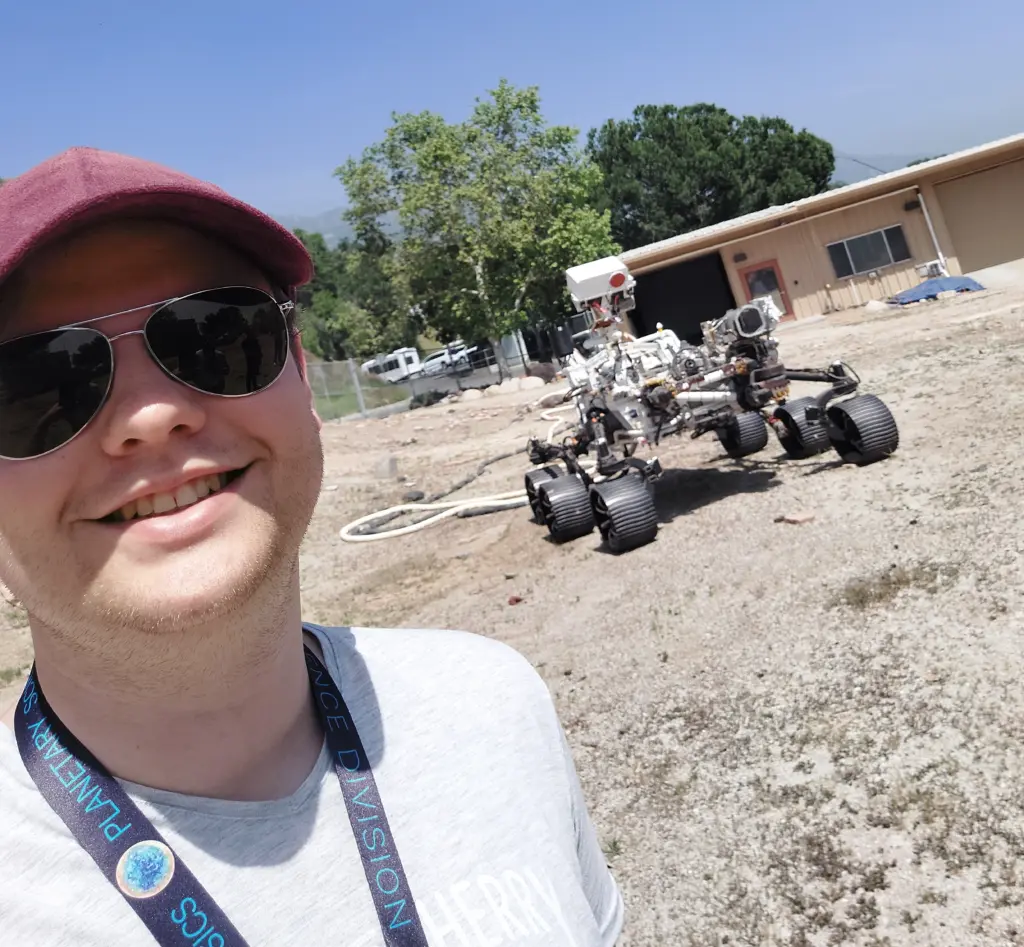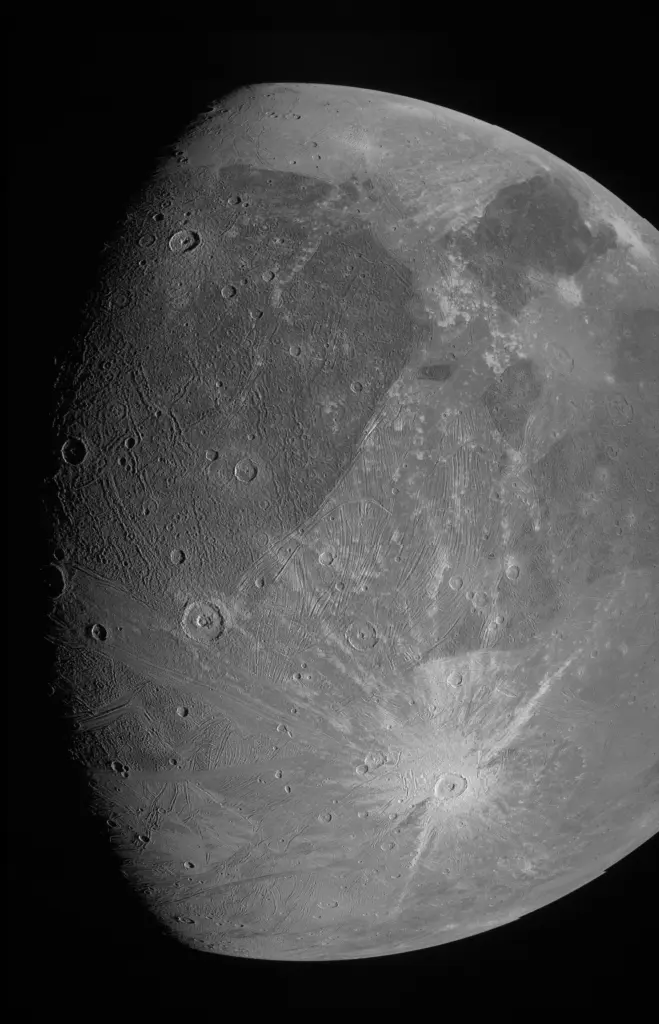Portrait of a doctoral student : Mathis Pinceloup
The Atacama as a trigger

With a scientific baccalauréat, obtained in 2018, Mathis began a Geology degree in Nantes. During this year, most of his teachers came from the Laboratoire de Planétologie et Géoscience (LPG). As a result, planetology was present in the form of modules. It was thanks in part to this discovery of the field of planetology that Mathis wanted to continue at Nantes Université and applied for the Master’s degree focusing on this theme. During his two years in the Master’s program, Mathis completed two internships with Mathieu Bouffard, a post-doctoral fellow at the LPG. These internships focused on the study of liquid layer dynamics, first in the terrestrial and Martian cores in Master 1, and then in the Ganymede ocean in Master 2. This second internship was a collaboration between the LPG in Nantes and Caltech/NASA’s Jet Propulsion Laboratory (JPL) in Los Angeles. For the end of his Master’s degree, Mathis spent 3 months on site in the United States.
While discussing his career path, Mathis recalls a key event for his professional orientation. He tells us that, in 2017, the Nantes Natural History Museum selected six students from the Nantes region to go and search for meteorites in the Atacama Desert in Chile. Adding this to a visit to the ESO’s Very Large Telescope (VLT), Mathis confirms, “It was, among other things, from there that I began to love geology, meteorites and space.”
Thesis: Two-phase flows at the heart of Ganymede’s history

Back in Nantes, Mathis applied for and signed up for a thesis under the supervision of Christophe Sotin, University Professor at Nantes, and co-supervised by Gaël Choblet, CNRS Research Director and Deputy Director of the LPG, Stéphane Labrosse, Professor at the École Normale Supérieure de Lyon and Mathieu Bouffard. It focuses on Ganymede’s differentiation processes. This study, which takes into account the impact of organic molecules, is fully in line with the PROMISES ERC.
Mathis is studying the evolution of Ganymede from its formation to the present day. The icy moon orbiting Jupiter was, in its early days, mainly a mass of silicate rock, metal and ice – three quite distinct phases. As the cluster heats up through radioactivity, the first stage is the melting of the ice. A top layer of water is then formed. Further heating impacts the water contained in the minerals. The minerals will dehydrate and the extracted water will join Ganymede’s ocean. Metal and silica, being denser than water, will end up at the center of the moon. As the temperature continues to rise, the metal phase will, in turn, melt. As the metal is denser than the silica, it will flow towards the moon’s core. Once these flow dynamics have been modeled and understood, Mathis will implement the organic matter in the models to understand its impact and contribution to the kinematics of Ganymede’s formation.
The ERC modeling approach
As part of his thesis, Mathis is basing his work on the use of numerical modeling. Indeed, most of his work involves finding, testing and creating models of Ganymede’s flow dynamics. As he puts it, “my instrument is my computer”. This modelling work must, however, be set against the work of Pauline Lévêque and Camille Delarue, PhD students in the PROMISES ERC project. As experimentalists, they will be showing Mathis how organic matter behaves under certain temperature and pressure conditions. From these behaviors will derive the models that Mathis will be able to implement in its codes.
PUBLISHED ON FEBRUARY 27TH, 2024

